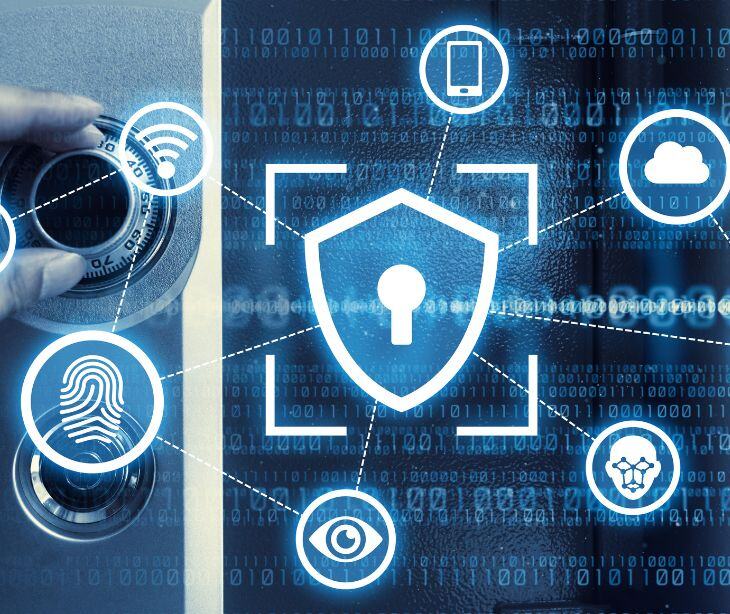
Encryption is a computing process that transforms readable data into an encoded form, known as ciphertext, which can only be accessed by authorized users with the right cryptographic key. It ensures that sensitive information remains secure and inaccessible to unauthorized individuals.
Understanding encryption
Encryption involves the use of a cipher, which is an encryption algorithm, and an encryption key to convert plaintext (unencrypted, human-readable data) into ciphertext. The ciphertext is then transmitted to the intended recipient, who uses a key to decrypt the data and restore it to its original form.
Read more: Encryption in healthcare: The basics
The purpose of encryption
Encryption serves multiple purposes in safeguarding sensitive data. Firstly, it ensures data confidentiality, as only authorized individuals with the correct key can access and decrypt the encrypted information. Additionally, encryption can authenticate the origin of data, verify the integrity of data by detecting any tampering or alterations, and prevent senders from denying they sent an encrypted message.
Types of encryption
There are two main types of encryption: symmetric and asymmetric encryption.
Symmetric encryption
Symmetric encryption algorithms use the same key for both encryption and decryption. This means that the sender and authorized recipients must possess and share the secret key to encrypt and decrypt the data. Symmetric encryption is commonly used for bulk data encryption due to its speed and ease of implementation.
Asymmetric encryption
Asymmetric encryption, also known as public key encryption, utilizes two mathematically linked keys: a public key and a private key. The public key is publicly available and can be used by anyone, while the private key is kept secure and accessible only to the key owner.
In asymmetric encryption, the data may be encrypted twice: once with the sender's private key and once with the recipient's public key. This process ensures that only the intended recipient can decrypt the data and verify the sender's identity. Asymmetric encryption offers more flexibility, as the public key can be easily shared. However, it requires more computational resources than symmetric encryption.
Modern encryption weaknesses
While modern encryption is highly secure, it is not impervious to vulnerabilities. Modern cryptographic vulnerabilities typically involve slight weaknesses that slightly reduce encryption strength. However, extensive research often discovers these weaknesses and are not significant enough to compromise real-world encryption.
Successful attacks on strong encryption usually revolve around unauthorized access to encryption keys rather than cracking the encryption itself. Brute-force attacks, which involve trying every possible key until the right one is found, are impractical due to the vast number of possible key combinations.
Read more: What is a brute force attack?
Encryption vs. tokenization
Encryption and tokenization are two related data protection technologies that have distinct differences. Tokenization involves substituting sensitive values with tokens, which are similar-looking but have different values, to preserve the data's format. On the other hand, encryption converts data into gibberish that looks drastically different from the original.
While both encryption and tokenization serve as forms of data protection, tokenization focuses on preserving the format of the data. In contrast, encryption emphasizes transforming the data into an unrecognizable form.
Subscribe to Paubox Weekly
Every Friday we'll bring you the most important news from Paubox. Our aim is to make you smarter, faster.



